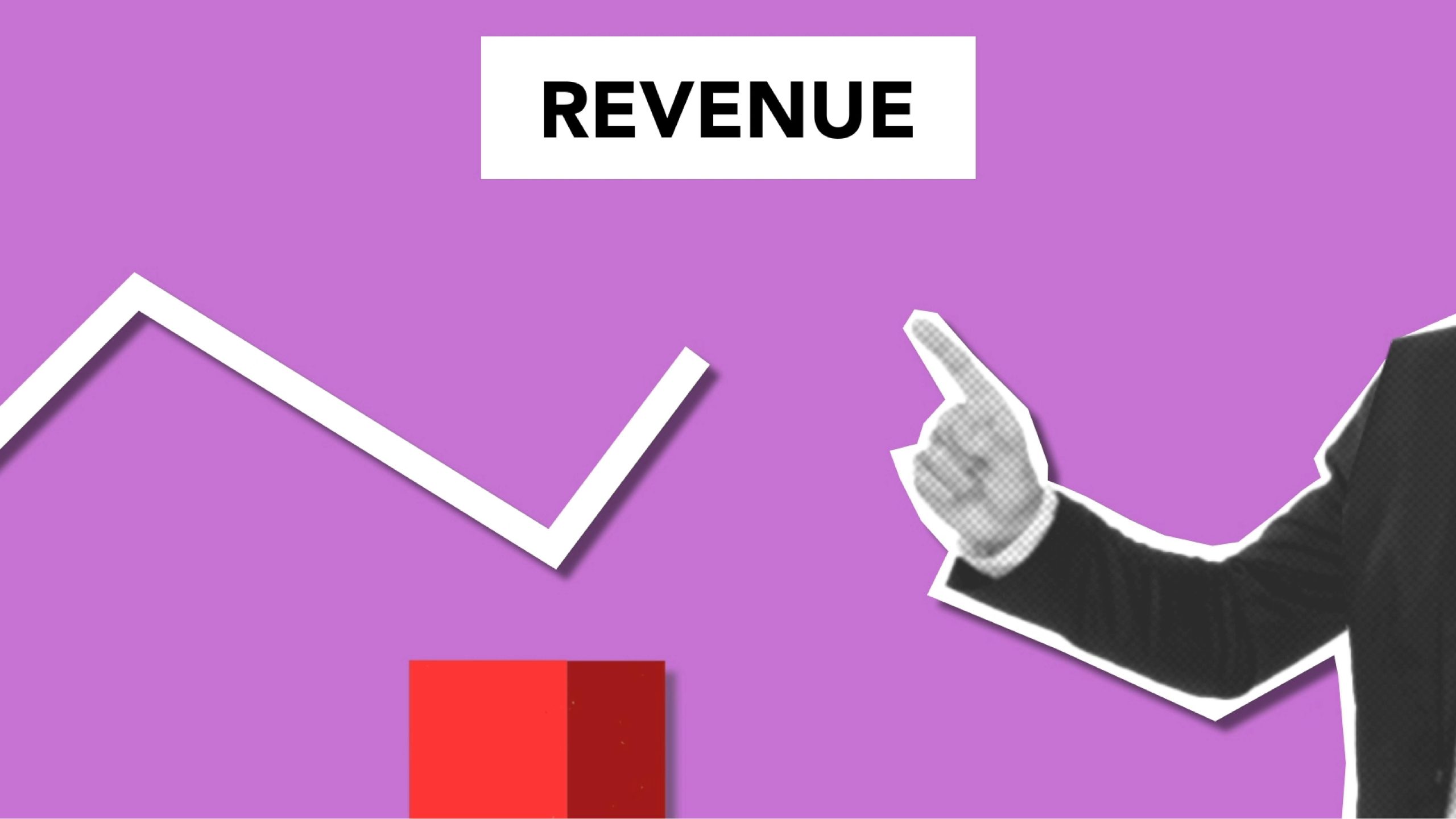ARTICLE
Gross vs. Net Revenue Retention: How Do They Differ?

Retention of customers matters more than ever in the subscription-based businesses of today. Net Revenue Retention (NRR) and Gross Revenue Retention (GRR) are two of those metrics that assist in quantifying the same. NRR and GRR provide firms with an indication of how well they are performing in retaining customers and how the overall revenue is faring. Though they are similar, NRR and GRR both paint a different aspect of the picture. It is very important for firms that want to grow in a prudent and stable way to comprehend the difference between them. In this article, we’ll explain what NRR and GRR are, how they’re calculated, and what they mean for companies.
Understanding NRR and GRR: What They Really Mean
Gross Revenue Retention (GRR) and Net Revenue Retention (NRR) are important metrics that reflect the amount of money a firm holds onto from its existing customers in the long run. Though both are customer revenue-oriented, how they compute and what they account for is not identical.
1. Net Revenue Retention (NRR):
NRR reflects the entire picture of how much money a business keeps from its existing customers, both wins and losses. Gains can come from customers spending more, such as buying upgrades or extra features, while losses can come from cancellations, customers leaving, or spending less. NRR shows how well a company can not only keep customers but also grow the money they spend.
2. Gross Revenue Retention (GRR):
GRR, on the other hand, only looks at the money kept from current customers without counting any extra money from upgrades or additional purchases. It simply measures how much of the original customer revenue stayed the same. This makes GRR a simple way of measuring how stable and accurate a company’s customer base is.
Calculating NRR and GRR: Crunching the Numbers
Calculating NRR and GRR involves straightforward formulas that enable businesses to quantify revenue retention accurately.
1. Net Revenue Retention (NRR) Calculation:
To calculate NRR, subtract the revenue lost from downgrades, cancellations, or churn from the revenue gained from upgrades, cross-sells, and expansions over a specific period. Then, divide the net change in revenue by the starting revenue from existing customers and express the result as a percentage. The formula for NRR can be represented as [(Ending Revenue – Churned Revenue) / Starting Revenue] * 100.

2. Gross Revenue Retention (GRR) Calculation:
GRR is computed by dividing the revenue retained from existing customers at the end of a period by the total revenue generated from those customers at the beginning of the same period. The formula for GRR is [(Ending Revenue from Existing Customers) / (Starting Revenue from Existing Customers)] * 100.

Implications for Business: Use of Information to Expand
Valuing NRR and GRR gaps provides actionable insights that are relevant to informing strategic decision-making and shaping sustainable business development across industries.
Strategic Decision Making
NRR presents the total picture of revenue growth with expansion and contraction aspects. Companies can identify areas for improvement in customer retention initiatives by analyzing NRR trends and tapping opportunities for revenue growth through upselling, cross-selling, and expansion initiatives.
Operational Efficiency:
GRR is a bottom-line metric that measures revenue stability and customer loyalty. By separating revenue retention from new sales or upgrades, businesses can calculate their business effectiveness, analyze levels of customer satisfaction, and decide where to optimize service quality and overall customer experience.
Investor Confidence
Both GRR and NRR are crucial in determining investor confidence and sentiment levels. High GRR and NRR in businesses indicate quality customer relationships, stable streams of revenue, and long-term growth possibilities, and therefore are more appealing to investors and stakeholders. Further, transparent reporting and analysis of GRR and NRR measures can enhance investor confidence and facilitate well-informed investment decisions on investment opportunities.
Using Churn Solution for Improved Retention Strategies
In order to achieve the highest revenue retention and combat churn, businesses can implement new solutions like Churn Solution. Churn Solution allows companies to detect proactively at-risk customers, forecast customer behavior, and initiate targeted retention.
By mapping to existing CRM systems and leveraging enhanced analytics, Churn Solution equips companies to tailor their strategy, maximize customer engagement, and build long-lasting customer relationships. Companies can upgrade their NRR and GRR metrics with Churn Solution, fueling profitable growth while maximizing customer lifetime value.
Conclusion: Finding the Balance for Sustainable Growth
Briefly, though Gross Revenue Retention (GRR) and Net Revenue Retention (NRR) are both performance metrics required in an attempt to calculate revenue retention for subscription businesses, both offer various insights to inform strategic initiatives and growth in the long term. With both the findings of GRR and NRR, firms can define aggregate retention policies, enhance revenue streams, and build long-term customer relationships during a time of growing marketplace competition. Given that firms are aware of the complexity of subscription models of business and wish to secure customers for future returns, optimal awareness regarding NRR and GRR is required for the survival and sustainable development of their organizations in today’s business world.
Churn Solution vs ChurnKey: What’s the Best Retention Tool (2025)?
With a subscription-based business landscape growing increasingly competitive every day, retaining customers is more crucial than ever. Two of the…
The Retention Value Formula: Why it Matters?
The retention value formula helps companies quantify the long-term value of retaining customers, offering insights that go far beyond basic…
Net Promoter Score (NPS): What it is and How to Calculate it
When it comes to understanding customer loyalty, few tools are as widely used—or as straightforward—as the Net Promoter Score (NPS)….












